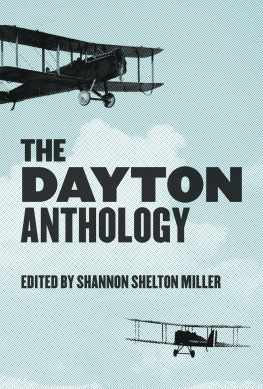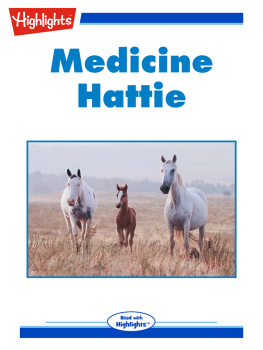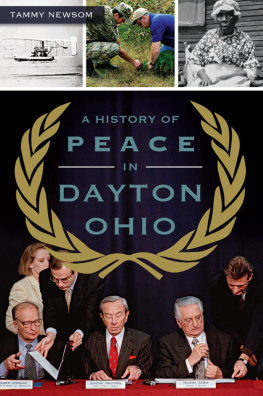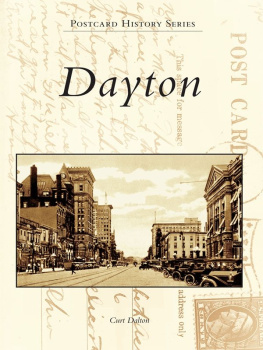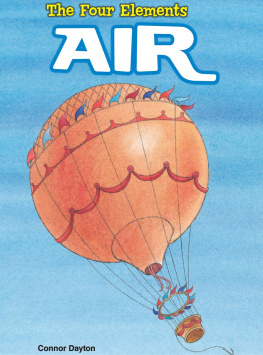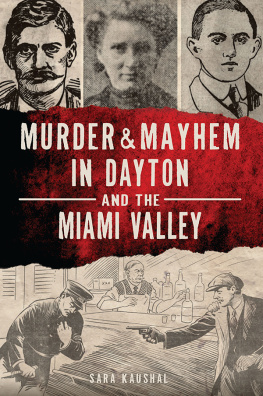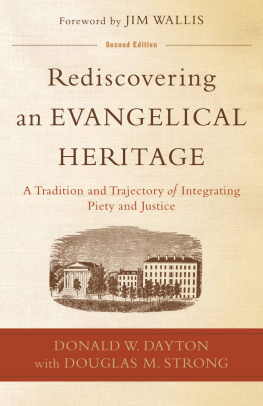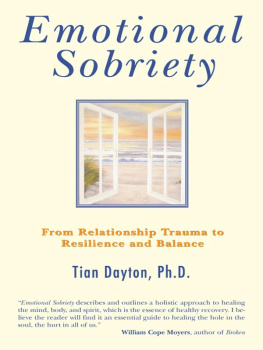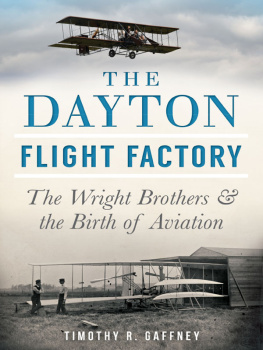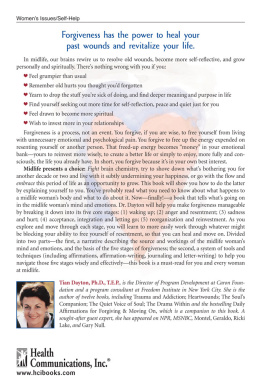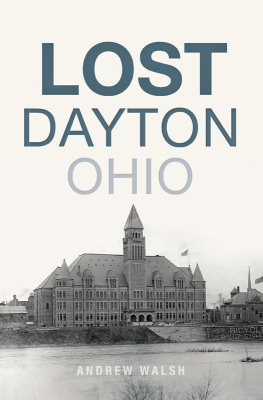
THE
DAYTON ANTHOLOGY
MORE CITY ANTHOLOGIES FROM BELT
The Louisville Anthology
The Gary Anthology
Car Bombs to Cookie Tables: The Youngstown Anthology, Second Edition
The Columbus Anthology
The St. Louis Anthology
Under Purple Skies: The Minneapolis Anthology
The Milwaukee Anthology
Rust Belt Chicago: An Anthology
Grand Rapids Grassroots: An Anthology
Happy Anyway: A Flint Anthology
The Akron Anthology
Right Here, Right Now: The Buffalo Anthology
The Cleveland Anthology, Second Edition
The Pittsburgh Anthology
A Detroit Anthology
The Cincinnati Anthology
THE
DAYTON ANTHOLOGY
EDITED BY SHANNON SHELTON MILLER

Copyright 2020, Belt Publishing
All rights reserved. This book or any portion thereof may not be reproduced or used in any manner whatsoever without the express written permission of the publisher except for the use of brief quotations in a book review.
First Edition 2020
ISBN: 978-1-948742-80-1

Belt Publishing
5322 Fleet Avenue, Cleveland, OH 44105
www.beltpublishing.com
Book design by Meredith Pangrace
Cover by David Wilson
CONTENTS

Shannon Shelton Miller
Paul Laurence Dunbar
Amanda Dee
Herbert Woodward Martin
Mary Combs
Ashley Stimpson
C.L. Simonson
Herbert Woodward Martin
Betsy Hughes
Donna Sword
Matthew L. Szozda
Merle Wilberding
Mary Combs
Herbert Woodward Martin
Bill Vernon
Terry Focht
Peter Titlebaum and Joseph Gardner
Bill Vernon
John Gorman
Jesse Mullen
Drew Perfilio
Eric Rhodes
Amanda Dee
Matthew Szozda
Scot Brown
Nan Whaley
Annette Chavez
Ron Knipfer
Erica Manto-Paulson
Hayley Snyder
Belinda Wright
Jill Summerville
Betsy Hughes
Judd Plattenburg
Matthew Szozda
Oneita Jackson
Leah DeAloia
Shelley Kurtz Sommer
Michael McGovern
Bob Taft
Shannon Shelton Miller
John Gorman
Cynthia R. Keefer
Ashley Bethard
Shannon Shelton Miller
Fredrick Marion
Tiffany Shaw-Diaz
Aimee Noel
Joel Pruce
Nicholas Hrkman
Bridget Shingleton Hutt
Maxwell Patton
Introduction
I dont remember when I first learned of the Wright brothers, but it was likely sometime in elementary school, either in a social studies class or on a field trip where they were mentioned among other American greats. As the generalized story went, the brothers were the first to achieve powered flight in 1903 when they kept their flying machine aloft on a windy December day in Kitty Hawk, North Carolina, launching the modern age of aviation. We learned they owned a bicycle shop, and that they hailed from Dayton, Ohio.
The Dayton part was an afterthought in my young mind, but I remembered that fact when I first came to Dayton to attend a summer camp at Wright State University, of all places. More than a decade later, I returned as a sports writer covering the NCAA mens basketball tournament at the University of Dayton, a school with Flyers as its nickname.
When I began spending more time in Dayton in 2009 before moving the following year, I recognized how much the Wright brothers were a part of what made Dayton, Dayton, and why the city continued to embrace their story more than a century later. Here were two local boys without high school diplomas who used their curiosity and keen interest in engineeringalong with the lessons learned about balance from building bicyclesto surpass more heralded and funded competitors in the international race to achieve flight.
Dayton is too often an afterthought among Ohio cities, with the three Cs of Columbus, Cincinnati, and Cleveland casting an oversized shadow over this mid-sized region in the southwestern part of the state. But Dayton never counts itself out. This is a city of invention and creativity, a place where innovators can rub shoulders with others with great ideas. Its where a young African-American poet, Paul Laurence Dunbar, could present his early works to the world thanks to the printing company owned by his high school friend, Orville Wright, and his brother Wilbur. Its where John H. Pattersons cash register, Charles Ketterings self-starting engine, and the Wright brothers flying machines emerged within a twenty-year period in the early 1900s, making Dayton the Silicon Valley of its day. America thrived on Daytonian ingenuity.
While there is no singular Dayton story and A Dayton Anthology should not be read as the definitive text of the region, one can get a sense of the citys essence through the common themes that bind this diverse collection of stories. In the first section, simply titled Flight, youll read tributes to the Wright brothers and Dunbar, along with authors reflections on their own brushes with Daytons aviation history. We then move to Dayton Stories, which shares lesser-known tales of Dayton history, both public and personal. Come along and discover how a funk music movement grew from West Dayton and its public school music programs by following that same path of innovation and collaboration that put Daytons local talent against the best in the worldwith the Daytonians often coming out on top.
Some of us were born in Dayton, while some arrived by choice. Others found ourselves here due to circumstances outside our control, but made a choice to remain. Love Letters tells those stories of sorrow, triumph, and acceptance of finding home.
When I launched the first call for submissions for A Dayton Anthology in July 2019, Dayton had just endured a harrowing Memorial Day weekend that started with a Ku Klux Klan rally that proved to be more of a public nuisance than the violent clash we feared. Nature, however, proved to be a stronger foe. As we prepared to conclude that holiday weekend thankful that the KKK threat had passed, seventeen tornadoes hit the region late that Monday night, decimating neighborhoods and businessesmany of which still were recovering a year later.
But nothing prepared us for August 4.
In response to tragedy, writers feel even more compelled to share their words. A significant number of submissions I received addressed the mass shooting in the Oregon District in the early hours of that Sunday morning in August, and the nine innocent lives lost. The anthology concludes with 2019, a section devoted to the ways we responded to the tragedies of one of Daytons most trying years.
The process of creating this anthology has encompassed some of the most pivotal moments in recent years for our city, our nation and our world. As I write this foreword in 2020 in the midst of a global pandemic and ongoing protests for social and racial justice, I take note of how Dayton has attempted to respond to its citizens cries in a year we hoped would be a respite from the pain of 2019.
Next page
